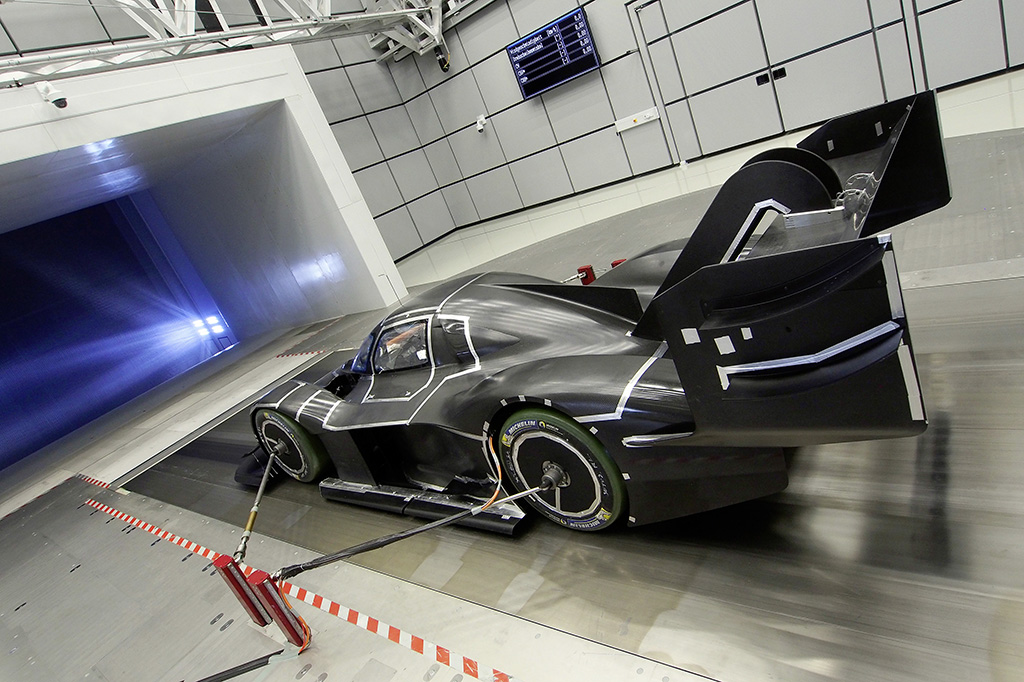It is less than four weeks since Romain Dumas and the I.D. R Pikes Peak set a record of 7:57.148 minutes for the Pikes Peak International Hill Climb. Volkswagen Motorsport engineers on the other hand only benefited from eight months to achieve the manufacturing of the electric racing car.
Volkswagen took advantage of 3D printing to pass the test and development phase of the I.D. R Pikes Peak.
According to Dr. Benjamin Ahrenholz, Head of Calculations/Simulations at Volkswagen Motorsport, they gained a lot of time in the wind tunnel by using 3D printing. The aerodynamics experts tested several hundred different configurations for the chassis details of the electric racing car.
It did not require too much time to manufacture the 2000 parts. Indeed, sometimes, several 3D printers were working at the same time. If they had used carbon fiber with conventional manufacturing techniques, they would have waited for weeks before carrying out the tests.

Technically speaking, the 3D printing components used during the development phase for the I.D. R Pikes Peak could have an edge length of no greater than about 50 centimetres. The lamellar upper cover on the front wheelhouses is one of the parts that has been 3D printed. Furthermore, engineers made the I.D. R Pikes Peak’s big rear wing from aluminium on the 1:2 scale model. “The spectrum ranged from a bracket just a few centimetres in size for a sensor, to complex channels supplying batteries and brakes with cool air.”
As 3D printers process comparatively soft, thermoplastic polymer plastic, components manufactured in this way cannot withstand great mechanical loads. “This only plays a minor role in the wind tunnel,” Ahrenholz says. Only the parts determined to be ideal during the test phase were then made of carbon-fibre composite or metal. Occasionally, the engineers were also able to use the 3D printing products to bridge the time until the final product was delivered. “This way we did not have to suspend testing just because a certain part was not yet ready – for example, a cover for the batteries’ power electronics,” Ahrenholz recalls.
For further information about 3D Printing, follow us on our social networks and subscribe to our newsletter!
Would you like to be featured in the next issue of our digital magazine? Send us an email at contact@3dadept.com





